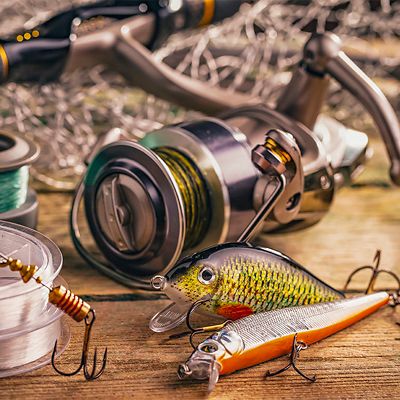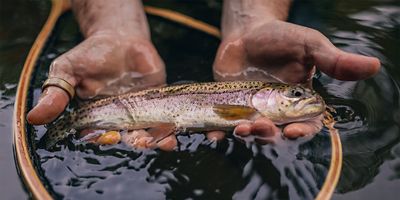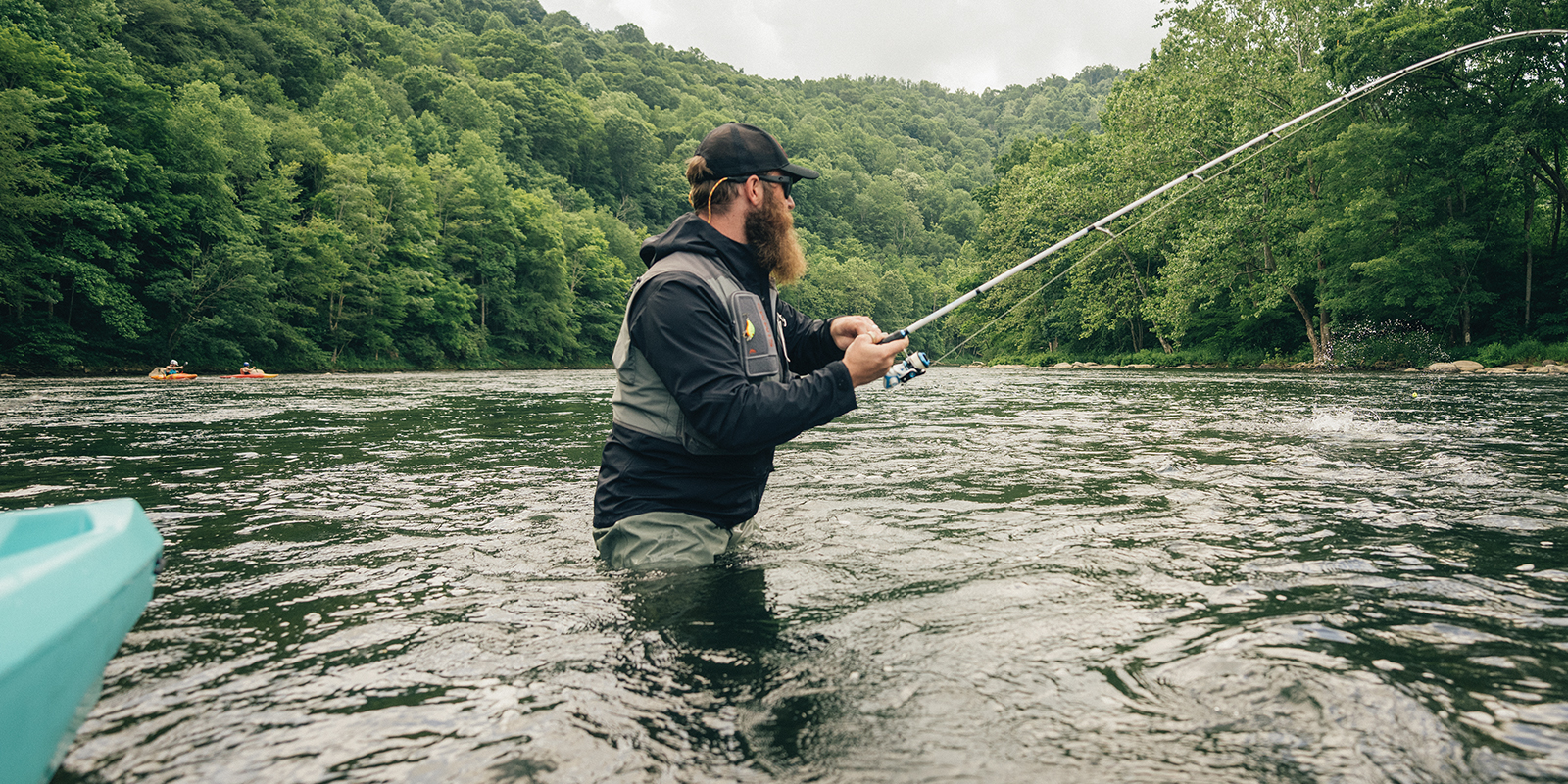If you love to fish, there’s no need to put away the gear in winter. Ice-covered lakes make for adventurous fishing—you just need to be prepared. Here’s how to get started, stay safe, and improve your chances for success.
Use the Right Gear
Ice fishing requires a few pieces of specialty equipment. Of course, you need the tackle to catch the fish, but you’ll need added gear to get through the ice, to stay comfortable on top of it, and to stay safe. Use this gear overview to get outfitted.
Ice Fishing Skills
Time Your Outing
The thickness of the ice, not the calendar, is what matters most. January and February are often the best months but it’s possible to fish in December and March, depending on your local weather, bodies of water, and the quality of your ice. Like regular fishing, early morning and dusk are when the fish will be most active.
Pick a Spot to Fish
When it comes to finding places where you are likely to find fish, winter fishing is similar to fishing during the rest of the year. Look for an area near the edge where vegetation usually pops out of the water, just be careful of potentially thin ice. Also consider spots with sharp drop-offs, points, and deep holes surrounded by shallows. In general, you can find fish in the winter in the same places you’d find them throughout the rest of the year. Avoid rivers, streams, and spring-fed lakes; moving water can cause areas of weak ice.
For a bit more information about your local lake or pond check with your local Department of Environmental Conservation to see if they have depth charts of your local bodies of water that can help you find deep holes and drop-offs that you didn't know about.
Drill Your Holes
Drill as many holes as you have tip-ups or rods and reels to give yourself the greatest chance of success. Some areas have local laws about the number of lines you can fish at once, though, so be sure you are up to date on local regulations (and permits). Clear your holes of slush and ice. Going after large fish? Be sure you drill a larger hole so you can get the fish up through it.
How To Fish Your Holes
For most beginners, working with live bait like minnows or worms will be the most effective way to start. (Always check local regulations to know what types of bait are allowed.)
It's important to work the water column beneath the hole to find where the fish are. Lower your line until it is about a foot from the bottom; in clear water on a bright day you may be able to see the bottom, otherwise consult a depth chart. If you don't get any bites after 10 or 15 minutes, move your line up a few feet in the column. Repeat this process until you find the level where the fish are. If you don't have any action in about an hour, consider moving locations. Also, consider using a fishfinder.
Stay Quiet on the Ice
Just as you avoid hooting and hollering on the water when you fish in the summer, limit your volume as you fish. Also, minimize walking or stomping around your fishing holes.
Bait
If you aren’t using live bait, try “jigging,” or giving your line small rhythmic taps to give your lure the appearance of something alive and moving. Choose a lure that’s appropriate for the local fish.
If you do use live bait, be sure to store it in a cooler. Not to keep it cold, but rather to keep it from freezing. The last thing you want is a minnow-cicle or crunchy worms.





